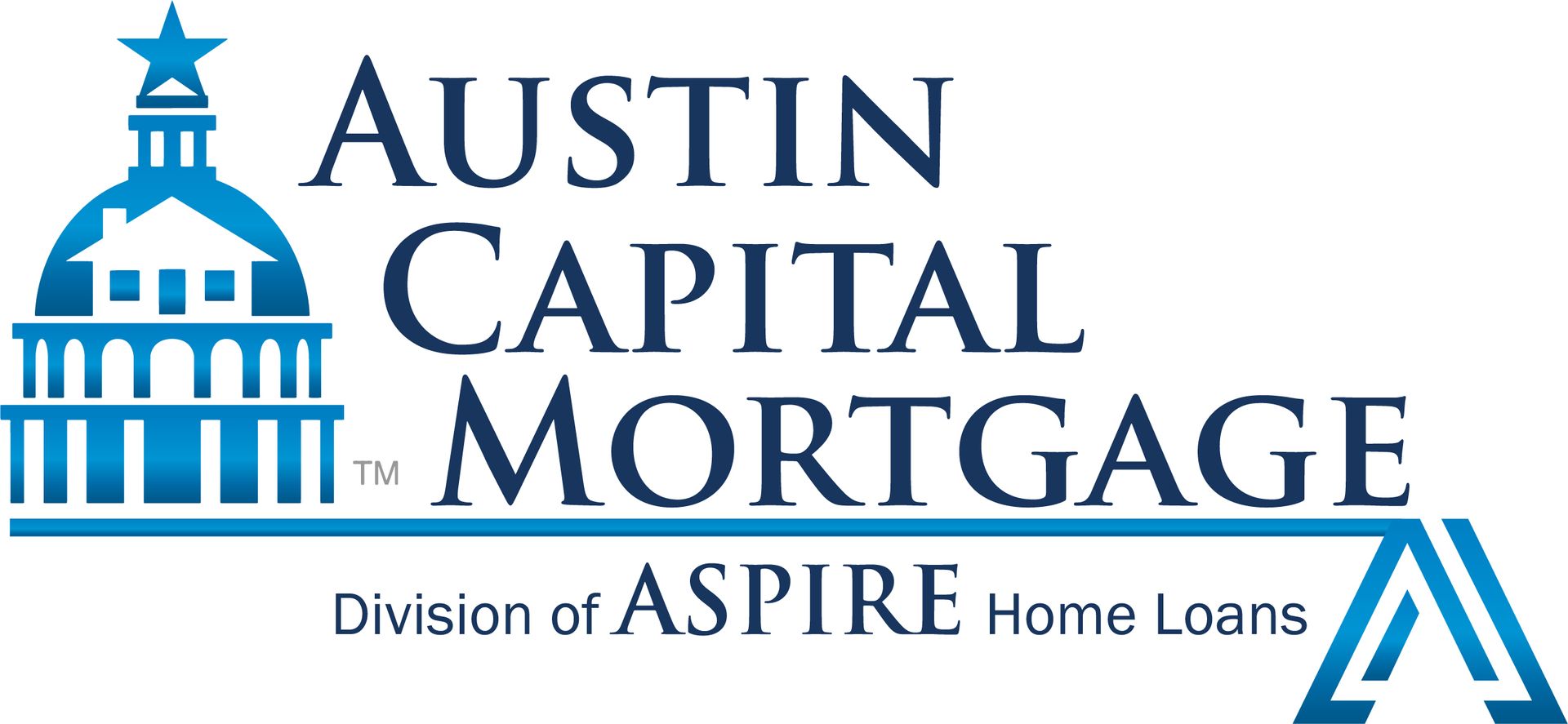Understanding the mortgage closing process
Josh Neimark
The mortgage closing process is the final step in the home buying process, where you officially take ownership of your new home. Here's what you need to know about the mortgage closing process:
Review the closing disclosure: Before the closing, you will receive a closing disclosure, which outlines the details of your loan, including the interest rate, monthly payment, and closing costs. Review this document carefully to ensure that everything is accurate.
Schedule the closing: Once you have reviewed the closing disclosure and have cleared any outstanding issues with the lender, you can schedule the closing. The closing will typically take place at a title company or attorney's office.
Bring the necessary documents: At the closing, you will need to bring several important documents, including your photo ID, proof of homeowner's insurance, and a cashier's check for the closing costs and down payment.
Sign the documents: During the closing, you will sign a variety of documents, including the mortgage note, deed of trust, and other loan documents. The closing agent or attorney will explain each document and answer any questions you may have.
Pay the closing costs: At the closing, you will need to pay the closing costs, which can include a variety of fees such as appraisal fees, title search fees, and attorney fees. These costs will be outlined on the closing disclosure.
Receive the keys: Once you have signed all the necessary documents and paid the closing costs, you will receive the keys to your new home. Congratulations, you're officially a homeowner!
The mortgage closing process can be overwhelming, but by understanding the process and working with a knowledgeable real estate agent and lender, you can navigate the process with confidence. Be sure to review all documents carefully and ask any questions you may have.

